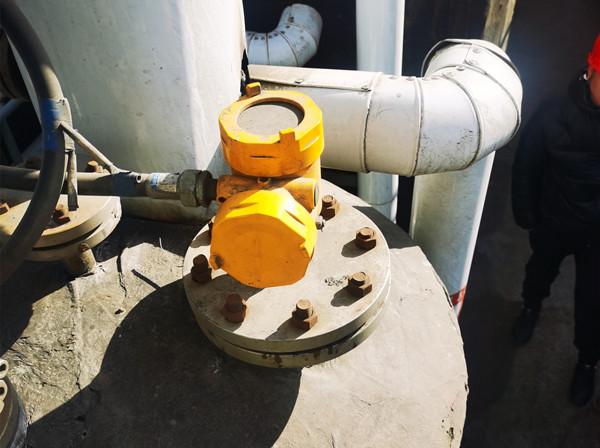In modern industrial and environmental protection projects, leachate wells are key facilities for treating wastewater produced in landfills. Accurate measurement of their liquid levels is of great significance for ensuring environmental safety and improving treatment efficiency.
Just as doctors use stethoscopes to accurately capture the rhythm of a heartbeat, engineers rely on radar level gauges to gain insight into changes in fluid levels in leachate wells. This article will conduct an in-depth analysis of the liquid level characteristics of leachate wells, and demonstrate the application value of radar level meters in this field through an actual measurement case.

Leachate wells are usually buried deep underground to collect leachate produced in landfills and prevent it from contaminating soil and groundwater.
The structure and function of these wells determine that their liquid levels have significant characteristics: first, the leachate has complex composition, contains a variety of organic matter and inorganic salts, and is highly corrosive to measuring equipment; second, the liquid level in the wells fluctuates frequently, and is affected by rainfall.
It is affected by various factors such as landfill operations; finally, due to the depth and large diameter of the well, traditional measurement methods are difficult to cope with. In view of these characteristics, the radar level meter has the advantage of being non-contact and not affected by the properties of the liquid, making it an ideal choice for level monitoring in leachate wells.
It utilizes the reflection principle of microwave signals to provide accurate measurement results even in harsh working environments. Take a city landfill as an example. There are dozens of leachate wells in the site. In the past, buoy-type liquid level meters were used for monitoring, but failures caused by corrosion or entanglement of debris frequently occurred.
In order to improve the accuracy and reliability of monitoring, the management decided to use radar level gauges for renovation and upgrade.

During the implementation process, technicians first modified the wellhead and installed a material platform suitable for radar wave penetration. Then, install the radar level gauge on the platform and adjust its angle and position to ensure that the microwave can shoot vertically to the liquid surface.
During the debugging phase, by comparing the actual liquid level with the measurement data, the equipment parameters are fine-tuned until the best measurement results are achieved. After several months of operation, the radar level gauge has demonstrated excellent performance.
It not only avoids equipment damage caused by liquid corrosion, but also accurately monitors small changes in liquid level in real time. For example, during a rainy season, several consecutive days of heavy rain caused a sharp increase in the amount of leachate. The radar level gauge quickly captured this change and promptly launched the emergency plan, effectively avoiding potential environmental pollution risks.

In summary, the application of radar level gauges in leachate well level measurement is like equipping this hidden corner with a pair of discerning eyes. It not only improves the accuracy and stability of measurement, but also greatly reduces maintenance costs, providing strong support for environmental management of landfills and effective treatment of leachate.
With the continuous advancement of technology, we have reason to believe that radar level gauges will have a more extensive and far-reaching impact in the field of environmental protection.
